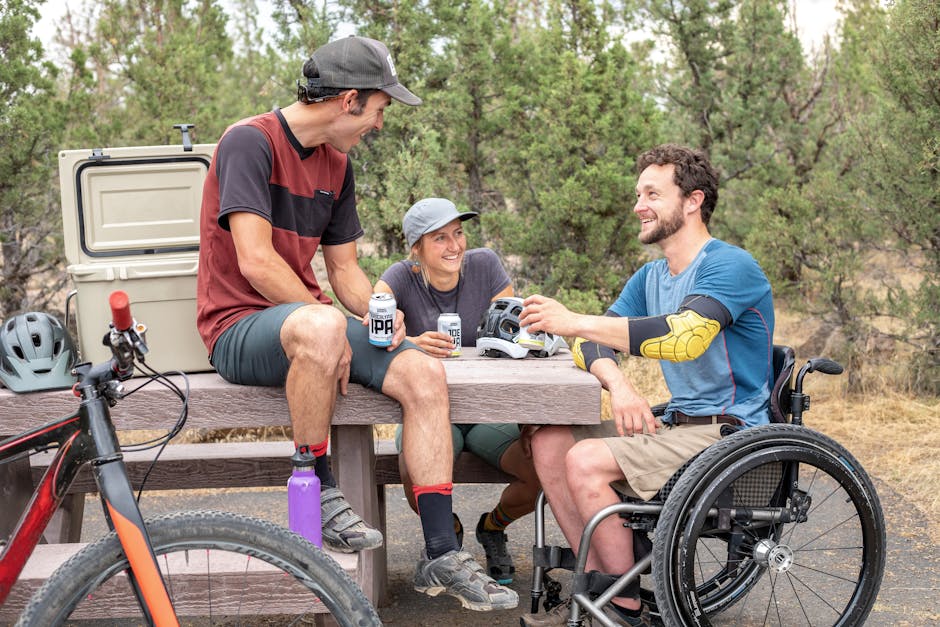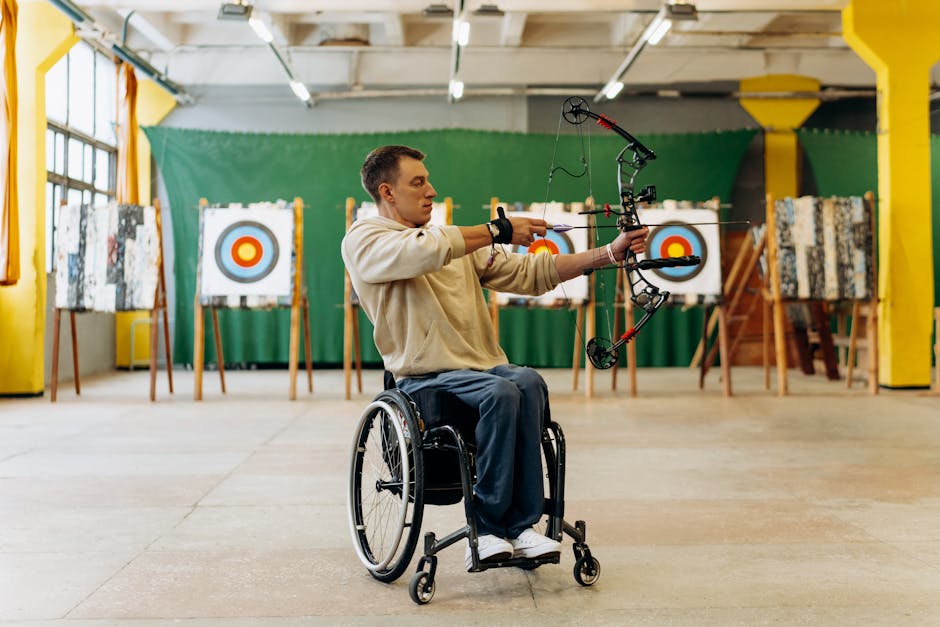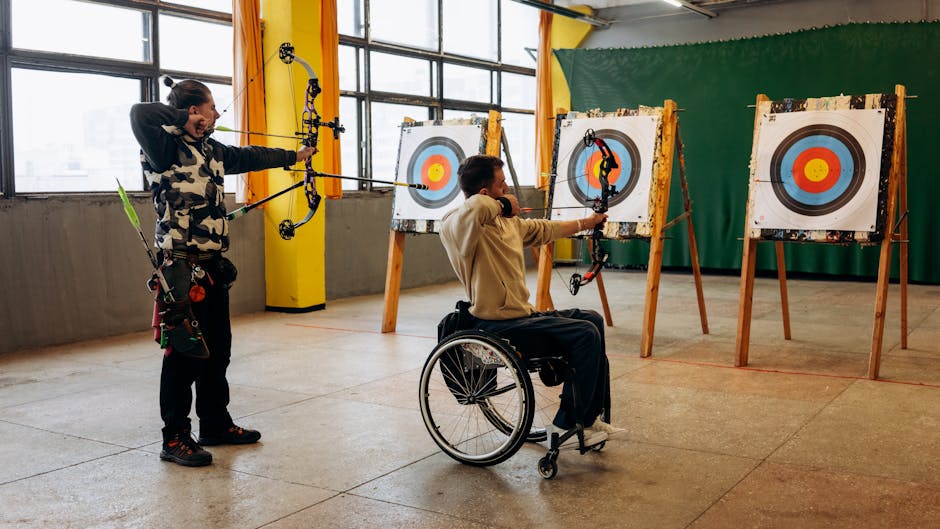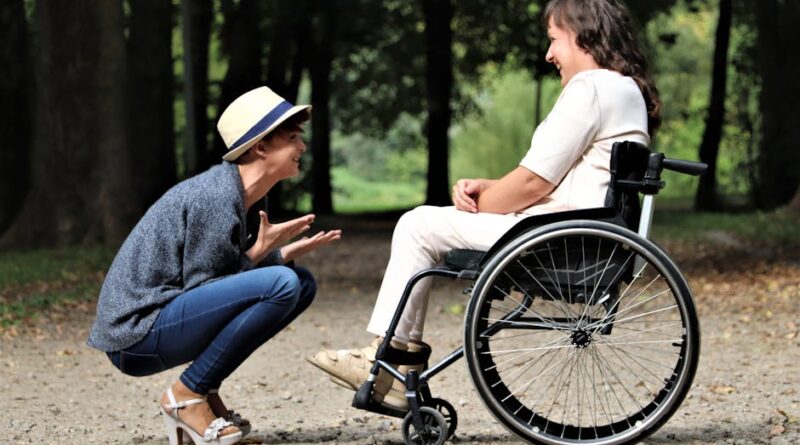Best Practices for Wheelchair Maneuvering
Did you know that in the U.S., about 3.3 million people use wheelchairs? Whether you’re new to using a wheelchair or a seasoned pro, mastering maneuvering skills can greatly improve your mobility and independence. This article covers best practices for navigating various environments with ease.
Why is Wheelchair Maneuvering Important?

Proper maneuvering is crucial for several reasons. It enhances your safety, boosts your confidence, and helps you enjoy life more fully. When you can move smoothly, you feel more in control. This can make outings more enjoyable.
Moreover, good maneuvering reduces the risk of accidents. According to research, about 23% of wheelchair users report having experienced a fall. By learning effective techniques, you can lower that risk.
What Are the Basics of Wheelchair Maneuvering?

First, lets cover the basics. Knowing how to control your wheelchair can make all the difference. Here are fundamental skills every user should practice:
- Starting and Stopping: Always begin by locking your wheels. This keeps you steady. To stop, gently pull back on the hand rims or use your brakes.
- Turning: To turn, push harder on one hand rim. This will pivot the wheelchair in the desired direction. Practice makes perfect!
- Going Uphill and Downhill: Lean slightly forward on inclines and backward on declines. This helps maintain balance.
These core skills lay the groundwork for more advanced maneuvers.
How Can You Navigate Different Environments?

Each setting presents unique challenges. Lets explore how to handle various environments effectively.
What About Outdoor Navigation?
Outdoors can be tricky, but with practice, you can navigate like a pro. Here are some tips:
- Sidewalks: Keep an eye out for cracks or uneven surfaces. Avoid them whenever possible.
- Grass and Gravel: These surfaces can be rough. Lean forward and take it slow to maintain control.
- Ramps: Use them wisely. Stay straight and don’t rush, especially on steep ramps.
Practice makes perfect. The more time you spend outdoors, the more comfortable youll become.
How Do You Handle Indoor Spaces?
Indoors, you may face tighter spaces. Here are some strategies:
- Doorways: Approach doors at an angle. This makes it easier to enter and exit.
- Elevators: Always check where the buttons are located. Use your wrist if you can’t reach them easily.
- Tight Corners: Plan your route beforehand. It may be helpful to back up a little to create space for a turn.
Indoor spaces often require a different mindset. Stay aware of your surroundings, and don’t hesitate to ask for help when you need it.
What Techniques Improve Wheelchair Control?

Control is key to safe maneuvering. Here are some techniques that can enhance your skills:
How Can You Use Your Body Effectively?
Your body plays a significant role in maneuvering. Here are some tips:
- Balance: Keep your body centered. Leaning too far can lead to tipping.
- Core Strength: Strengthening your core improves balance and control.
- Arm Conditioning: Strong arms help navigate better. Regular exercises can make a difference.
Your body is your primary tool for maneuvering. The stronger and more balanced you are, the easier it will be.
What About Using Accessories?
Various accessories can assist in maneuvering. Here are a few:
- Wheelchair Gloves: These provide better grip, especially on long distances.
- Anti-Tippers: These prevent your wheelchair from tipping backward on hills.
- Custom Footrests: Proper foot positioning helps with stability and control.
Choosing the right accessories can make a big difference in comfort and ease of movement.
How Can You Plan Ahead for a Successful Outing?
Planning is crucial for a successful outing. Heres how to prepare:
- Research Your Route: Know where you’re going. Check for accessible paths and ramps.
- Communicate: Inform friends or family about your needs. it’s okay to ask for assistance.
- Check the Weather: Windy or rainy days can make maneuvering challenging. Dress appropriately.
Planning ahead can save you from unwanted surprises. When you know what to expect, you can focus on enjoying your outing.
What Common Misconceptions Should You Avoid?
Many myths surround wheelchair use. Here are a few misconceptions to clear up:
- I can’t go out alone. Many people successfully navigate on their own. It just takes practice!
- All wheelchair ramps are the same. Ramps vary in steepness and width. Always assess each one.
- I can’t enjoy sports. There are many adaptive sports available. don’t hesitate to explore!
Understanding the truth about wheelchair use can empower you to engage more fully with the world.
How Can You Stay Mentally Prepared?
Mental preparation is just as important as physical skills. Here are some strategies:
- Positive Mindset: Focus on what you can do instead of what you can’t.
- Set Goals: Set small, achievable goals for each outing. Celebrate your successes!
- Stay Flexible: Be ready to adapt if things don’t go as planned. Flexibility is key!
Your mindset greatly influences your experiences. Staying positive can make every outing more enjoyable.
What Are the Key Takeaways?
Mastering wheelchair maneuvering requires practice, patience, and preparation. Focus on the basics, stay aware of your surroundings, and plan ahead. Here are the key points to remember:
- Practice core skills like starting and stopping.
- Adapt your approach to different environments.
- Use your body effectively for better control.
- Plan ahead to ensure a smooth outing.
- Keep a positive mindset for a better experience.
Remember, everyones journey is unique. With practice and determination, you can navigate the world with confidence.
If you want to learn more about enhancing wheelchair skills, check out resources from the Northwestern University.
Happy navigating!



